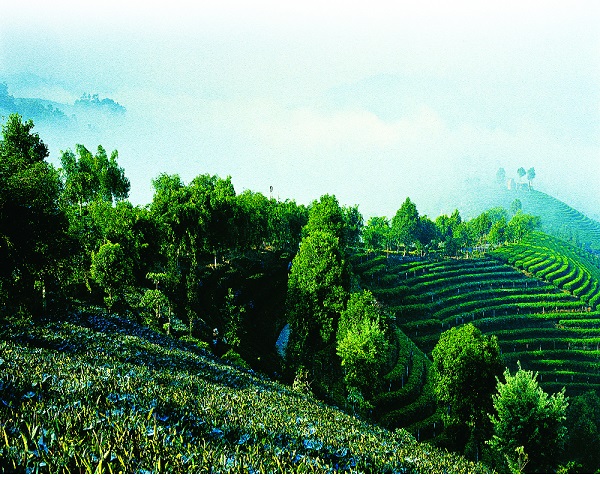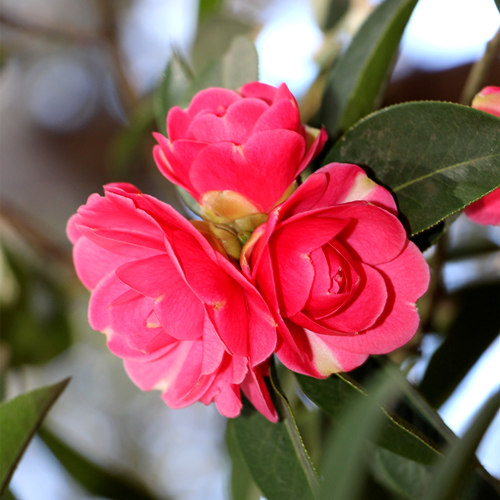
Detailed Introduction to Shuangbai County of Chuxiong Prefecture
Shuangbai County is a significant administrative division within Chuxiong Yi Autonomous Prefecture in central Yunnan Province, China. Renowned for its rolling landscapes, rich ethnic tapestry, and flourishing agricultural heritage, Shuangbai County represents a harmonious blend of traditional culture and modern development. This introduction provides a comprehensive overview of Shuangbai County’s geography, history, economy, cultural heritage, tourist attractions, transportation, and future development prospects.
Geographical Location and Climate
Location:
Shuangbai County is located in the central part of Chuxiong Prefecture, forming an integral part of the plateau landscape in Yunnan. Covering an area of approximately 2,800–3,000 square kilometers, the county is characterized by its undulating hills, fertile valleys, and scattered mountain ranges. It serves as a natural corridor between the highlands of Chuxiong and the broader regions of central Yunnan.
Terrain and Environment:
Landscape: The county features a mix of rolling hills, terraced fields, and low mountain ranges, providing a picturesque environment ideal for agriculture and rural tourism.
Water Resources: Several rivers and small streams meander through the county, irrigating its productive lands and sustaining local ecosystems.
Biodiversity: Shuangbai is home to rich biodiversity, with its forests and grasslands harboring a variety of plant and animal species that support eco-tourism and sustainable agriculture.
Climate:
Subtropical Monsoon Climate: Shuangbai enjoys a mild subtropical monsoon climate characterized by warm, humid summers and cool, relatively dry winters.
Temperature and Precipitation: Average annual temperatures range between 14°C and 22°C, while the summer monsoon brings plentiful rainfall that nourishes its lush vegetation and agricultural crops.
Historical Background
Shuangbai County has a deep historical legacy that reflects its role as a crossroads of culture and commerce in Yunnan:
Ancient Trade Routes: Historically, Shuangbai lay along important trade routes that connected various parts of Yunnan, including segments of the ancient Tea Horse Road. This facilitated cultural exchange and the movement of goods such as tea, horses, and local handicrafts.
Ethnic Roots: Over the centuries, the county has been inhabited by diverse ethnic groups, most notably the Yi, Han, and other minority communities. Their traditions have left an indelible mark on the cultural landscape of Shuangbai.
Modern Era: With administrative reforms in the 20th century, Shuangbai County was established as part of Chuxiong Prefecture. Modern development has been balanced with efforts to preserve its historical sites and traditional lifestyles.
Economic Overview
Shuangbai County’s economy is primarily driven by agriculture, with emerging sectors in eco-tourism, small-scale manufacturing, and local handicrafts.
1. Agriculture
Staple Crops: The fertile valleys of Shuangbai support the cultivation of rice, corn, and a variety of vegetables.
Cash Crops: High-value crops such as tobacco and Pu’er tea are key components of the local economy. Shuangbai’s tea gardens, benefiting from the favorable highland climate, produce tea with unique flavors that contribute to the county’s reputation.
Fruit Production: The region also produces diverse fruits including apples, pears, and tropical varieties, which are both consumed locally and sold in regional markets.
Medicinal Herbs: The biodiversity of the area enables the cultivation of traditional medicinal herbs used in Chinese medicine.
2. Eco-Tourism and Handicrafts
Eco-Tourism: Shuangbai’s natural beauty and rural charm have spurred the development of eco-tourism, with opportunities for hiking, birdwatching, and rural homestays.
Traditional Handicrafts: The county is known for its local artisans who produce traditional Yi embroidery, silver jewelry, and bamboo crafts, which add value to its cultural economy.
3. Small-Scale Industries
Local enterprises focused on food processing, tea packaging, and handicraft production contribute to economic diversification and provide employment for rural residents.
Ethnic and Cultural Heritage
Shuangbai County is celebrated for its cultural diversity and the harmonious coexistence of multiple ethnic groups:
1. Yi Culture
Cultural Traditions: The Yi people are a prominent ethnic group in Shuangbai. Their traditional festivals, such as the Torch Festival, are celebrated with elaborate dances, music, and communal feasts.
Artisan Crafts: Yi embroidery and silverwork are highly valued, reflecting centuries-old techniq



